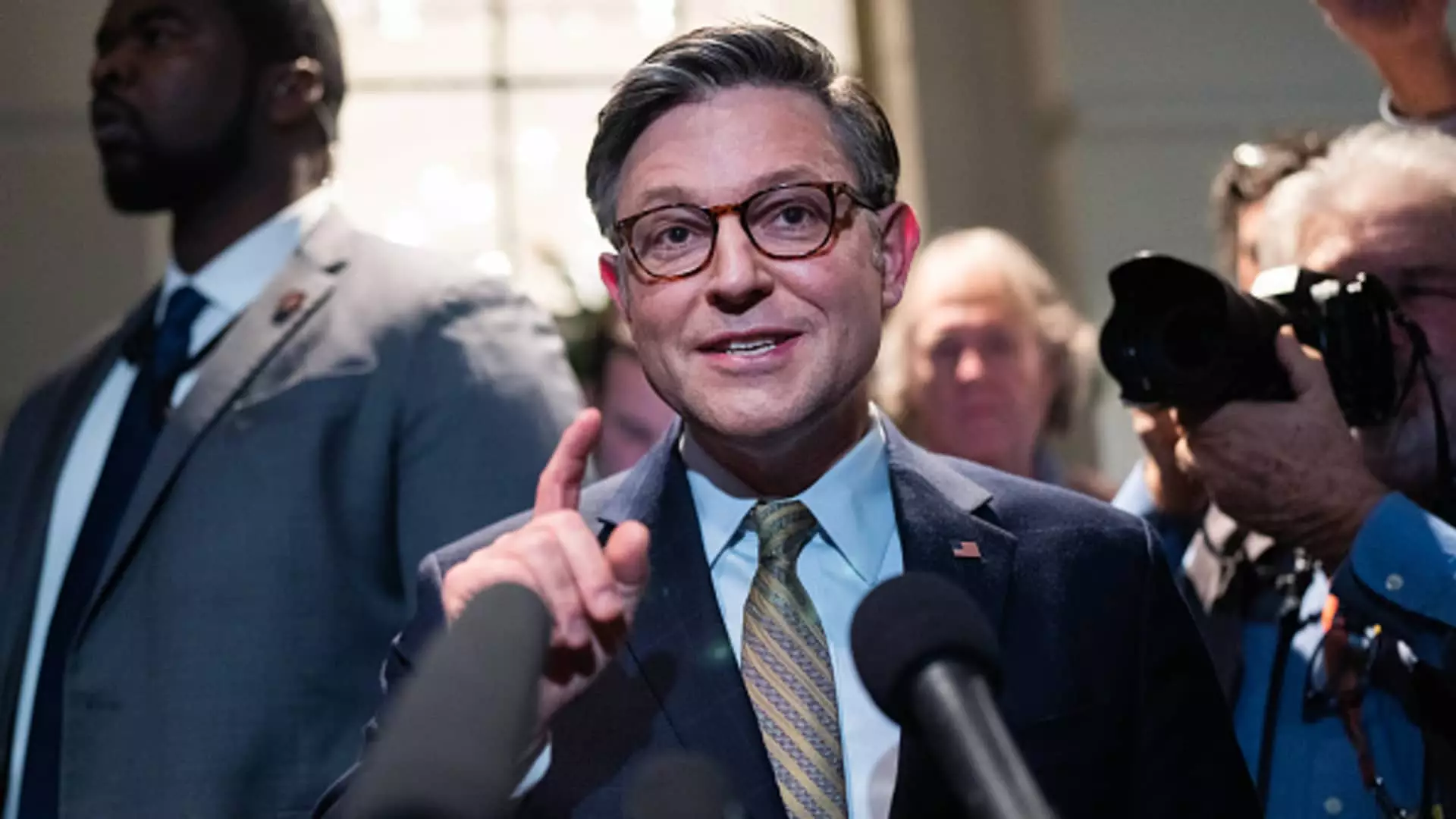The fast-paced developments leading to the approval of a federal spending bill by the House of Representatives illuminate the complex and often tumultuous landscape of American politics. This bill, which crossed the legislative finish line with bipartisan support, not only addresses immediate governmental funding requirements but also sheds light on the intricate interplay of power between various political factions.
The passage of the spending bill came just hours before an impending government shutdown, underscoring a critical moment for legislators to act. The bill ensures that the federal government continues to operate at existing funding levels for the next three months, thus avoiding a lapse in essential services. This urgency was particularly salient given the potential ramifications a shutdown could have on federal employees, especially with the holiday season just around the corner. The sentiment palpable in both parties reflects a commitment to serve the public interest, prioritizing the financial stability of those reliant on government jobs.
The bill’s passage, backed by a significant number of Democrats and a surprising coalition of Republican representatives, highlights a moment of rare bipartisanship in an environment often dominated by stark division. Despite the political fragmentation, the urgency of avoiding a governmental shutdown compelled a robust coalition to support the bill, achieving a two-thirds majority with the votes cast. This public display of cooperation serves as a crucial reminder of the potential for legislative action when faced with dire circumstances, hinting at possible pathways for future collaboration despite inherent differences.
Although the House approved the bill, its future in the Senate remains uncertain. The Democratic-controlled Senate is well-positioned to pass the legislation, but the chamber’s procedural complexities give individual senators significant leverage, potentially derailing or delaying the process. This underscores the challenge President Biden may face in achieving a swift enactment of the bill. The path to legislative approval is often complex, revealing the multiple layers of negotiation and strategy that characterize Senate operations.
The legislative chaos leading up to the bill’s approval reflects the power dynamics within the Republican Party, particularly the influence of former President Donald Trump and high-profile supporters like entrepreneur Elon Musk. Their vocal opposition to previous funding proposals significantly impacted the negotiations, showcasing the challenge party leaders face in unifying their members around a coherent strategy. The demand for a two-year suspension of the U.S. debt ceiling illustrates the contentiousness of fiscal policy discussions, emphasizing the ongoing battle over the nation’s borrowing limits—a topic that consistently resurfaces in the political arena.
The partisan struggle surrounding the debt ceiling cuts deep into the heart of fiscal responsibility debates. Trump’s insistence on attaching a debt ceiling suspension to the spending bill reflects a broader strategy to circumvent future financial confrontations, especially as he anticipates his second term. However, this proposal is met with resistance from hardline conservatives who are wary of expanding borrowing powers. This tension highlights the inherent conflicts within the Republican caucus, underscoring a potentially turbulent road ahead as various factions within the party grapple with divergent priorities.
The passage of the federal spending bill signifies a momentary victory for bipartisan cooperation amidst a complex political landscape fraught with challenges. While this legislation addresses immediate funding concerns, it also foreshadows the ongoing struggles surrounding fiscal policy and political unity. As Congress moves forward, the underlying dynamics will likely continue to shape legislative priorities, complicating efforts toward cohesive governance in the face of divisive agendas. The road ahead is fraught with uncertainties, and the true test will be how lawmakers navigate the intricate dance of negotiation, compromise, and principle in the months to come.

